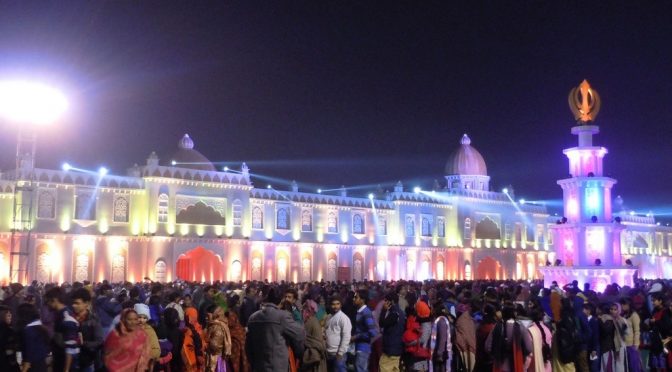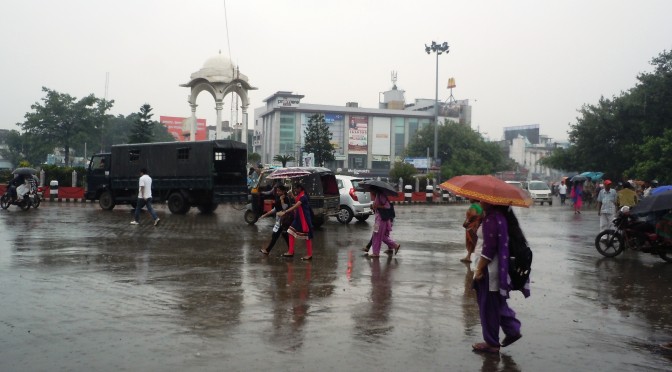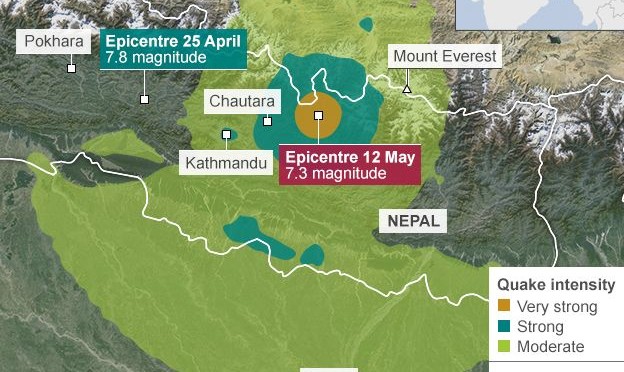Category Archives: Patna! Overview
Patna University
Patna University is the seventh oldest university in the Indian subcontinent and the first in Bihar.
Patna University was founded by an Act of legislature on 1st October 1917. The University was established as an
examining body and conducted examinations from matriculation to post graduation. Its
jurisdiction mapped Bihar, Orissa and Nepal and for forty years since its inception.
Patna University was the arbiter of the academic destiny of these territories. The Patna University Act,
1951, which received the assent of the Governor on 6th July 1951, was passed with a view to
establishing a Teaching and Residential University at Patna. The Act defines that the purpose and
powers of the university shall be to provide instruction to such branches of learning as the
University may think fit including professional studies and technology, and for research and for
the advancement and dissemination of knowledge. It remained the only university in Bihar until
January 1952 and continued to be the examining body of educational institutions in Nepal until
the founding of Tribhuvan University in Kathmandu. With the founding of Utkal University this
university ceased to be the examining body for institutions in Orissa.
The history of Patna University parallels the history of the educational, cultural, political and
economic growth of modern Bihar. It is the only teaching cum residential university in the state
with a truly national character that transcends linguistic, cultural, political and other
denominational boundaries. The outstanding personalities who have led India’s Freedom
Struggle and have occupied or are now occupying coveted academic, administrative, judicial and
political positions along with its reputed teachers and eager students have largely contributed
towards its very rich academic heritage. Bihar has been an ancient seat of learning. Within its
territory famous universities such as Nalanda and Vikramshila had drawn students, teachers and
scholars from various parts of Asia.
After independence, higher education being a major resource for economic progress and social
transformation had to be popularized for the growth and development of the state. At that time it
was felt that Patna University with its sound infrastructure ought to concentrate on scholarship
teaching and research and divest itself of the responsibility of conducting various state level
examinations.
Today, Patna University has ten constituent colleges – Patna Science College, Patna College, B. N.
College, Patna Law College, Magadh Mahila College, Patna Women’s College, Vanijya
Mahavidyalaya, College of Arts and Craft, Patna Training College, Patna Women’s Training College
and thirty-one post-graduate departments in the faculties of Humanities, Social Science, Science,
Education, Commerce, Law, Management and ten constituent colleges aside of the Faculty of
Medicine that is administered by the state government. Most of the post-graduate departments
are located in buildings that are a part of a distinguished architectural heritage of the state.
Constituent colleges of Patna University such as Magadh Mahila College, B. N. College, Patna
College, Patna Women’s College and Vanijya Mahavidyalaya, also run post-graduate departments
in select subjects under their respective college administrations. These courses fulfil the
increased public demand for access to post-graduate study.
The University is in the process of revitalizing its potential for excellence to provide students,
researchers and teachers opportunities to excel in their disciplines and establish partnerships
with Indian and off-shores universities to enhance scholarship and sharing of technology. The
UGC Academic Staff College now UGC Human Resource Development Centre through orientation
Patna University: A Brief Profile
and refresher courses, seminars and workshops reminds the academic community of the need to
update knowledge and refurbish teaching and communication skills.
Located centrally, at the hub of the university campus, is the Central library that meets the needs
of students, teachers and research scholars. The computerized library is connected to
INFLIBNET. Users can access four hundred thousand books, eighty-seven periodicals, fifty
thousand back issues of journals and more than five thousand rare manuscripts.
In an age of information and communication technology the frontiers of time and space are ever
expanding and the University is in the process of equipping teachers and students with
contemporary techniques, skills and knowledge to face various professional challenges. Of the
ten constituent colleges, three are exclusively meant for women students while in the other coeducational
institutions including post graduate departments the number of women students is
substantial. Patna University has always been sensitive to the needs of the socially and
economically disadvantaged and students with special needs. It has strictly followed the
reservation policy of the government thus enabling them to translate their vast potential into
achievement. For co-curricular participation and holistic development of a student, agencies such
as the NSS, NCC, Sports and Cultural Activities Boards and numerous learned Societies encourage
these talents. Many of our students have performed with great distinction at university, state and
national levels.
The development of a state is invariably linked to the growth of its intellectual quotient, its
education, its creativity. Bihar’s tryst with its intellectual destiny has commenced in earnest and
the contribution of Patna University and the goals that it has set for itself is foundational to that
end.
Welcome Monsoons!
Happy Dussehra!
Happy Dussehra! 2015
Durga puja is celebrated with great enthusiasm and festivity in the city.
As Durga puja celebration is at its peak,the city witnesses a huge surge in visitors in the four days from Maha Saptami up to Vijaya Dashami.
Enthusiastic revellers throng into the city visiting each and every exhibits in the city.
Earthquake strikes Nepal again

A powerful earthquake jolted mountainous Nepal on Tuesday, killing 42 people, bringing down buildings and triggering landslide less than three weeks after a devastating temblor left a swathe of destruction in the Himalayan nation.
Hundreds of terrified people rushed out of their homes and buildings toppled as the 7.3-magnitude earthquake, centred 68km west of the town of Namche Bazaar near Mount Everest, sent ripples in India all the way from the border states of Bihar and West Bengal to Gujarat and Delhi.
At least 17 people died in India in the fresh quake.




